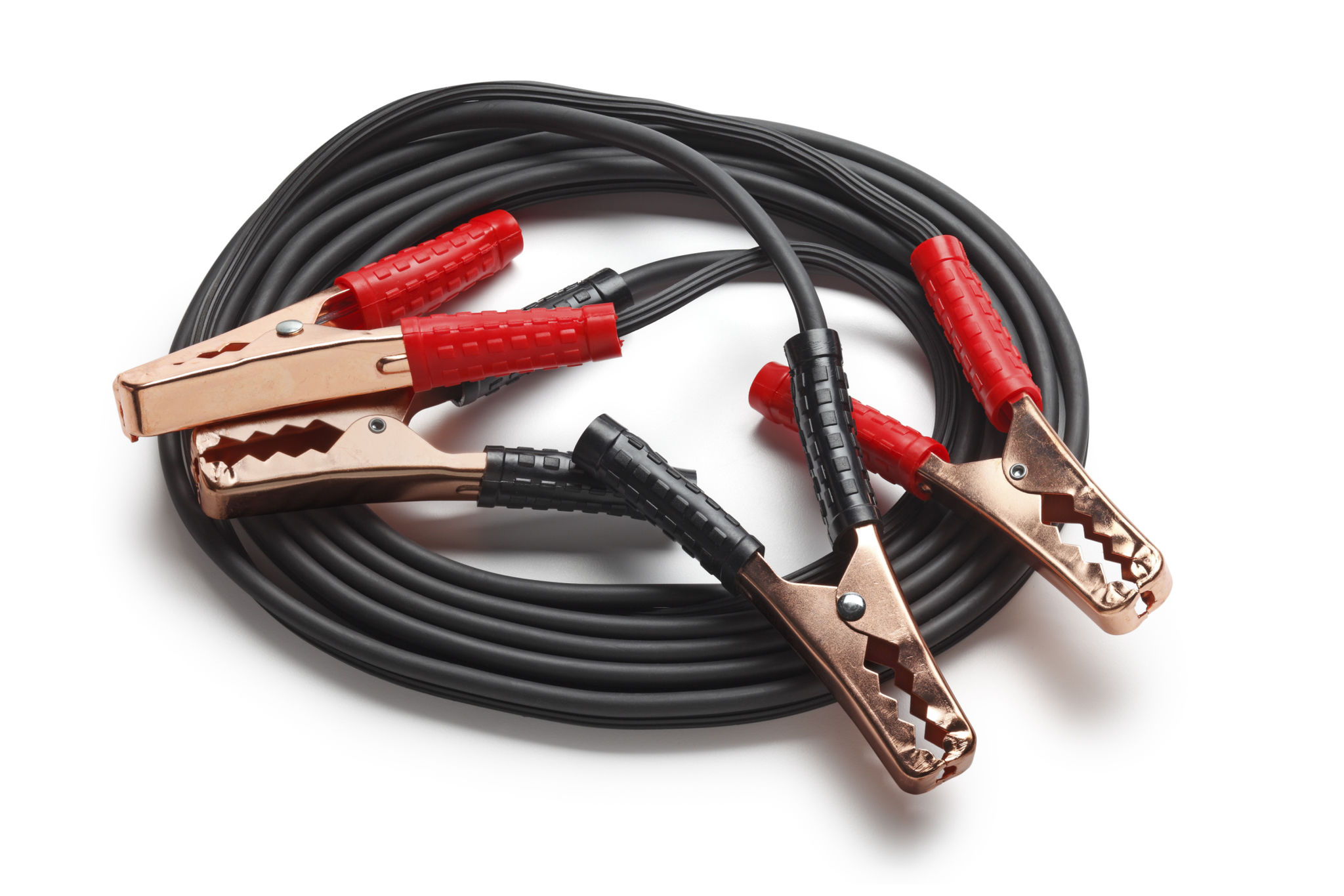Common Myths About Car Battery Boosting Debunked
Understanding Car Battery Boosting
Car battery boosting, also known as jump-starting, is a common practice when your car's battery dies unexpectedly. Despite its frequency, several myths surround this process, which can lead to misunderstandings or even damage to your vehicle. In this blog post, we'll debunk some of the most prevalent myths about car battery boosting to ensure you're equipped with the right knowledge.

Myth 1: Any Cable Will Do
One of the biggest misconceptions is that any set of cables can be used for jump-starting a car. In reality, using the wrong cables can be ineffective or even dangerous. It's crucial to use cables with the right gauge; typically, a 4-gauge wire is recommended for most vehicles. Using cables that are too thin can result in overheating and inadequate power transfer, potentially causing damage to both vehicles involved.
The Importance of Quality Cables
Investing in high-quality jumper cables is essential. Look for cables with a strong, durable coating and clamps that provide a solid grip. This ensures not only safety but also a more reliable boost when you need it most.
Myth 2: The Order of Connections Doesn’t Matter
Another common myth is that the order of connecting the cables is irrelevant. However, following the correct sequence is vital to prevent sparks and ensure a successful jump-start. The recommended order is:
- Connect one red clamp to the positive terminal of the dead battery.
- Attach the other red clamp to the positive terminal of the working battery.
- Connect one black clamp to the negative terminal of the working battery.
- Finally, attach the remaining black clamp to an unpainted metal surface on the car with the dead battery.

Avoiding Sparks and Damage
By adhering to this sequence, you minimize the risk of sparks near the battery, which can be hazardous due to flammable gases emitted by batteries. It's also important not to connect the final black clamp directly to the dead battery's negative terminal.
Myth 3: You Can't Jump-Start a Completely Dead Battery
Many believe that if a battery is completely dead, jump-starting won't work. While it's true that some batteries might be beyond recovery with a simple boost, a completely dead battery can often still be jump-started successfully. The key is ensuring that both the cables and connections are proper and that you allow enough time for the dead battery to charge before attempting to start the car.

Patience is Key
When dealing with a completely dead battery, patience can make all the difference. Allowing the battery to charge for several minutes before trying to start your car can often lead to success where a rushed attempt might fail.
Myth 4: Jump-Starting is Harmful to Your Car
Some car owners worry that jump-starting can damage their vehicle's electronics. While improper boosting can indeed cause issues, following proper procedures ensures your car remains unharmed. Using quality cables, connecting them in the correct order, and adhering to safety measures will allow you to boost your car without any negative impact on its electronic systems.
The Importance of Proper Technique
By myth-busting these common misconceptions, we hope you feel more confident in handling a dead car battery. Remember, having quality equipment and understanding the correct procedure are essential for a safe and effective jump-start. With this knowledge, you're better prepared to tackle unexpected battery failures with ease.